While there are a few general learning difficulties/disabilities that can impact mathematical performance, there is only one identified math-specific learning disability. This disability is called dyscalculia and refers to several areas of difficulty with specific mathematical concepts and calculations. However, today, there is a lot of scientific evidence on the effectiveness of Neurofeedback in dyscalculia treatment.
Table of Contents
Toggle- Possible Causes of Dyscalculia
- SYMPTOMS OF DYSCALCULIA LEARNING DISABILITY
- Preschool
- Grade School
- Middle School
- High School
- Challenges Beyond Learning: Dyscalculia’s Impact
- It can be easy to think of dyscalculia and math anxiety as the same, mainly because the signs can look similar. Knowing what’s behind your child’s difficulty with math lets you respond effectively.
- Neurofunctional Aspects of Learning Disabilities
- Neurofunctional Implications of Dyscalculia
- Triple-Code Model: Mapping Results on Children and Adults
- Dyscalculia test for parents and teachers
- Dyscalculia treatment with Neurofeedback
- Neurofeedback Protocols for Dyscalculia
- Dyscalculia Treatment with Neurofeedback Home Use Device
Dyscalculia learning disability is a lifelong condition that makes it hard for kids to perform math-related tasks. It’s not as well known or understood as dyslexia, but some experts believe it’s just as common. Approximately 15% of the population has reading and/or spelling learning disabilities, and 10% have math learning disabilities.
Many children struggle to get through math classes and homework assignments. No matter how hard the child tries to study, the math still does not come quickly. Many adults deal with the same issue. Despite years of math classes and exams in the past, many adults still have difficulty doing fundamental math problems, which can affect day-to-day life and create feelings of embarrassment.
Possible Causes of Dyscalculia
Researchers don’t know precisely what causes dyscalculia. These are the possible causes of dyscalculia:
Genes: Research shows that genes can explain part of the difference in kids’ math scores. In other words, differences in genetics may impact whether a child has dyscalculia. Dyscalculia tends to run in families, suggesting that genes play a role.
Brain development: Brain-imaging studies have shown differences in brain function and structure in people with dyscalculia. The differences are in certain brain parts’ surface area, thickness, and volume. There are also differences in the activation of regions of the brain associated with numerical and mathematical processing. These areas are linked to essential learning skills, such as memory and planning.
Environment: Dyscalculia has been linked to fetal alcohol syndrome. Prematurity and low birth weight may also play a role in dyscalculia.
Brain injury: Studies show that injury to certain parts of the brain can result in what researchers call acquired dyscalculia.
SYMPTOMS OF DYSCALCULIA LEARNING DISABILITY
Preschool
- Has trouble learning to count and skips over numbers long after kids the same age can remember numbers in the correct order;
- Struggles to recognize patterns, such as smallest to largest or tallest to shortest;
- Has trouble recognizing number symbols (knowing that “5” means five);
- He doesn’t seem to understand the meaning of counting. For example, when asked for five blocks, they hand you an armful instead of counting them.
Grade School
- Has difficulty learning and recalling basic math facts, such as 2 + 4 = 6;
- Struggles to identify +, ‒, and other signs and to use them correctly;
- May still use fingers to count instead of using more advanced strategies, like mental math;
- Struggles to understand words related to math, such as greater than and less than;
- Has trouble with visual-spatial representations of numbers, such as number lines.
Middle School
- Has difficulty understanding place value;
- Has trouble writing numerals clearly or putting them in the correct column;
- Has trouble with fractions and with measuring things, like ingredients in a simple recipe;
- Struggles to keep score in sports games.
High School
- Struggles to apply math concepts to money, including estimating the total cost, making the exact change, and figuring out a tip;
- Has a hard time grasping information shown on graphs or charts;
- Has difficulty measuring things like ingredients in a simple recipe or liquids in a bottle;
- She has trouble finding different approaches to the same math problem.
Challenges Beyond Learning: Dyscalculia’s Impact
Dyscalculia can create challenges in more areas than just learning. These include social interactions and time management. Sometimes, these challenges can make kids with dyscalculia anxious about doing math-related tasks. However, dyscalculia is not the same as math anxiety.
Math anxiety can make kids question their abilities in math, even if they have strong skills. And although it’s not a learning issue, it can undoubtedly get in the way of learning math.
When kids feel pressure to show what they know or worry they’ll fail, they can become so anxious that they do poorly. This is particularly true on tests because performance translates into grades. In some cases, their anxiety can build and spill over into other areas of life.
Dyscalculia and math anxiety are different, but the signs and struggles can overlap. And a child can have both. This chart may help you better understand what you’re seeing in your child.
Distinguishing Between Dyscalculia and Math Anxiety
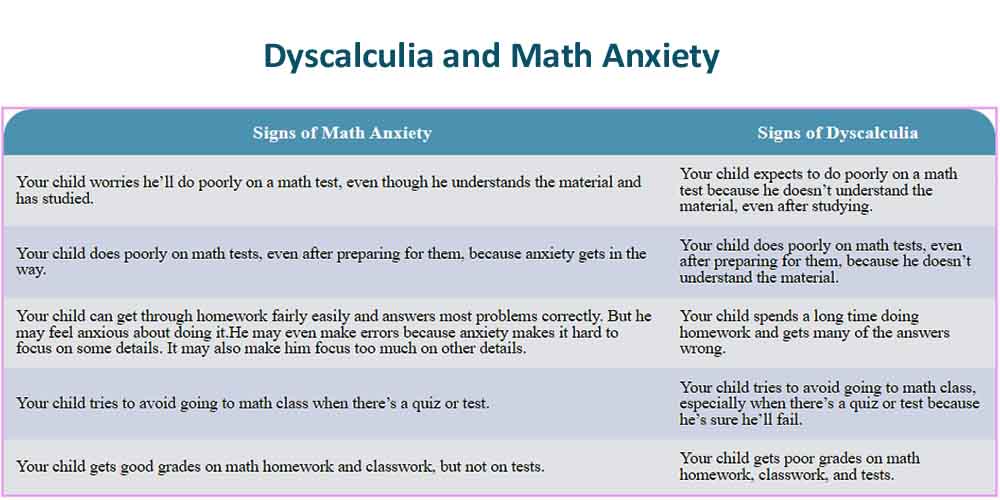
It can be easy to think of dyscalculia and math anxiety as the same, mainly because the signs can look similar. Knowing what’s behind your child’s difficulty with math lets you respond effectively.
- Dyscalculia is a learning issue that affects math skills like counting, recalling math facts, and understanding math concepts.
- Math anxiety is an emotional issue involving self-doubt and fear of failing.
- Both can create test anxiety and lead kids to avoid math classes.
Neurofunctional Aspects of Learning Disabilities
Learning disorders are believed to result from changes in brain function. These problems can impact auditory function and memory processing. Additionally, they may lead to challenges in understanding and remembering words. Furthermore, they can affect the expression and comprehension of verbal and written language, as well as complicate the formation of letters or mathematical concepts. Research suggests that individuals with attention deficits have lots of slow brain wave activity.
Learning disabilities in children with brain mapping show one or several cues: sharp and focal slow waves in one or more brain regions such as the occipital lobe, Wernicke area, Broca’s area, and sensory-motor area. EEG Neuroimaging research has consistently found dysfunction in the left posterior temporal lobe (behind the left ear) and the occipital lobe (visual cortex) in the back of the brain. We see letters in the visual cortex and attach sounds in the left posterior temporal lobe. If these areas are dysfunctional or disconnected or the timing is off, then reading/spelling is likely to be impaired.
Neurofunctional Implications of Dyscalculia
Dyscalculia learning disability is related to the parietal lobe (the upper back of the head).
EEG neuroimaging can effectively indicate the types and severity of dysfunction within specific brain regions. For instance, the frontal lobes must cooperate with both hemispheres of the brain to manage working memory and develop concepts—skills essential for mathematical problem-solving. Moreover, EEG neurofeedback can help remediate issues such as abnormal blood flow, metabolism, timing, and connectivity in these affected areas.
Dyscalculia, a specific learning disorder related to mathematical abilities, is associated with neuronal dysfunction in the intraparietal sulcus of the brain. The region impacted by dyscalculia is depicted in the image below.
Impact on Cognitive Skills
Dyscalculia learning disability develops a pattern of cognitive deterioration that usually manifests itself with skills deficits such as:
- Focus (concentration)
Skill related to the pattern of cognitive deterioration linked to dyslexia. The structural deficit in these connections of neural networks is also associated with inhibition, which affects the mind’s sharpness, making it more difficult for the child to learn math.
- Divided attention
This skill is crucial as it allows for multitasking. Children with math disabilities present problems when responding to a stimulus because they cannot focus, get distracted by irrelevant stimuli, and tire quickly.
- Working memory
This cognitive skill refers to temporary storage and the ability to manipulate information to complete complex assignments. Some difficulties associated with this may include trouble following directions, forgetting instructions and tasks, low motivation, incomplete memories, being easily distracted, not remembering numbers, and delayed mental arithmetic.
- Short-term memory
The capacity to retain a small amount of information during a short period. This mental deficit explains the inability to carry out math assignments. Problems present themselves when students calculate or attempt math problems. This is also related to the inability to remember numbers or multiplication tables.
- Naming
It implies the ability to recall and use a word or number later. Children with dyscalculia have difficulties remembering numbers because their ability to process information is deficient.
Impact on Functional Skills
- Planning
Low levels of this cognitive skill lead to challenges in planning and understanding numerical concepts and exercises. Consequently, students may struggle to anticipate outcomes or events, making it difficult to complete exercises accurately. This limitation hampers their ability to process and solve mathematical problems effectively.
- Processing speed
This corresponds to the time it takes for our brain to receive information (a number, a mathematical equation, a problem…, etc.), understand it, and respond to it. Children who do not have any learning difficulties complete this process quickly and automatically, while children who have dyscalculia need more time and energy to process the information.
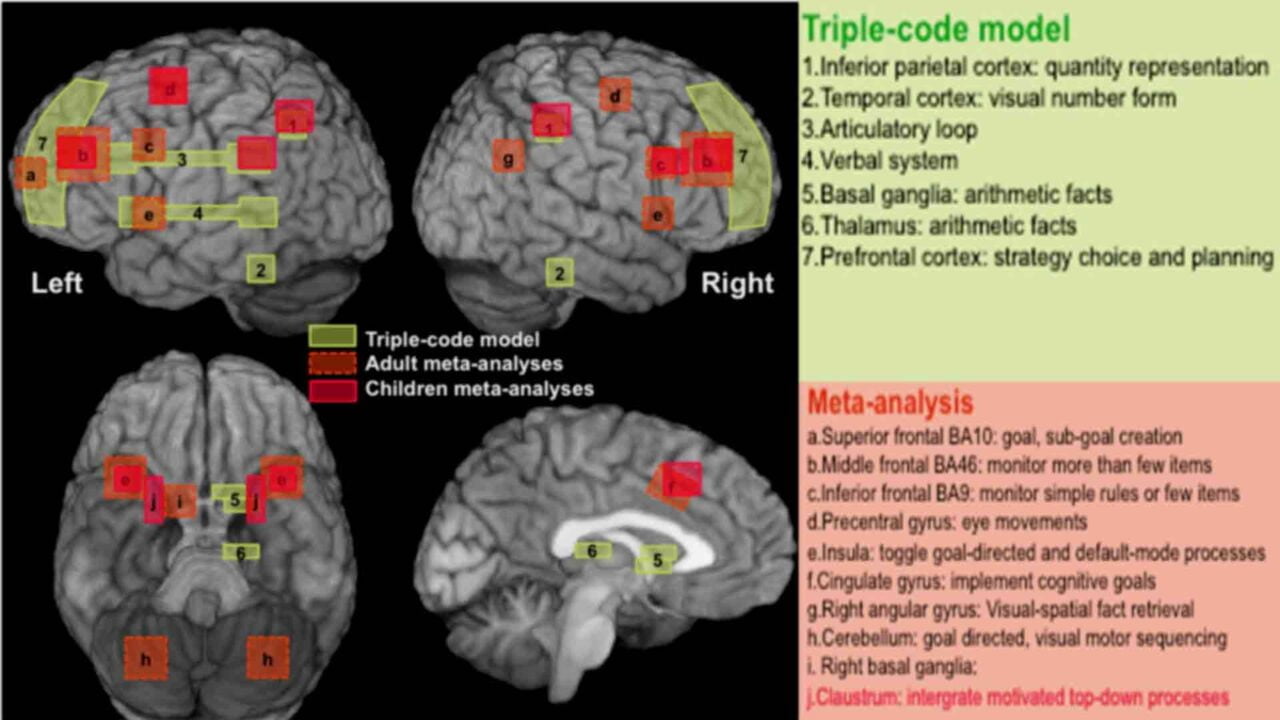
Triple-Code Model: Mapping Results on Children and Adults
Children’s Meta-Analyses and the Triple-Code Model
Mapping results on children meta-analyses (in red), on the triple-code model (green), and on adult meta-analyses (orange). In green are illustrated the schematized cortical locations of the triple-code model proposed by Dehaene and Cohen, 1995, Dehaene and Cohen, 1997:
(1) Inferior parietal cortex: quantity representation,
(2) Temporal cortex: visual-computational number symbols,
(3) Articulatory loop,
(4) Verbal system,
(5) Basal ganglia: arithmetic facts,
(6) Thalamus: arithmetic facts, and
(7) Prefrontal cortex: strategy choice and planning.
Adults’ Meta-Analyses and Additional Schematic Locations
In orange are additional schematic locations of areas concordant among adult studies, as demonstrated by meta-analyses (Arsalidou and Taylor, 2011):
(a) Superior frontal BA 10: formulates complex goals, sub-goal creation,
(b) Middle frontal BA 46: in more or less misleading situations, it monitors more than a few items,
(c) Inferior frontal BA 9: monitor simple rules or a few items,
(d) Precentral gyrus: eye movements,
(e) Insula: interoceptive motivation of goal-directed and default-mode processes,
(f) Cingulate gyrus: converts affective goals into cognitive goals to be implemented,
(g) Right angular gyrus: visual-spatial fact retrieval (i.e., spatial-temporal schemes with non-verbalizable configurable relations) and
(h) Cerebellum: goal-directed, visual motor sequencing.
(i) Right basal ganglia: coordination of top-down and bottom-up operative/motor processes. (j) Claustrum: integration of motivated top-down and bottom-up processes.
Children implicate the right insula (BA 13) more extensively than adults in calculation tasks, whereas adults implicate more prefrontal areas.
Dyscalculia test for parents and teachers
Dyscalculia is not easy to diagnose, and most schools do not have any early detection system to identify this disorder in the classroom and help children get the necessary tools. For this reason, it is often up to parents and families to be alert and identify the early symptoms. If you think your child has dyscalculia, a cognitive assessment may also be helpful. Deficits in cognitive skills such as focus, divided attention, working memory, short-term memory, naming skills, planning, or processing speed may be indicators of dyscalculia.
Print this test out. It is the first step in improving your child’s future.
Dyscalculia treatment with Neurofeedback
Overview of Neurofeedback in Learning Disabilities
The most effective treatment for learning disabilities, such as dyscalculia and dyslexia, is early diagnosis. By identifying the problem early, children can receive the necessary tools to adapt to a new learning process. As a result, they are more likely to avoid learning delays, self-esteem issues, and the development of more severe disorders.
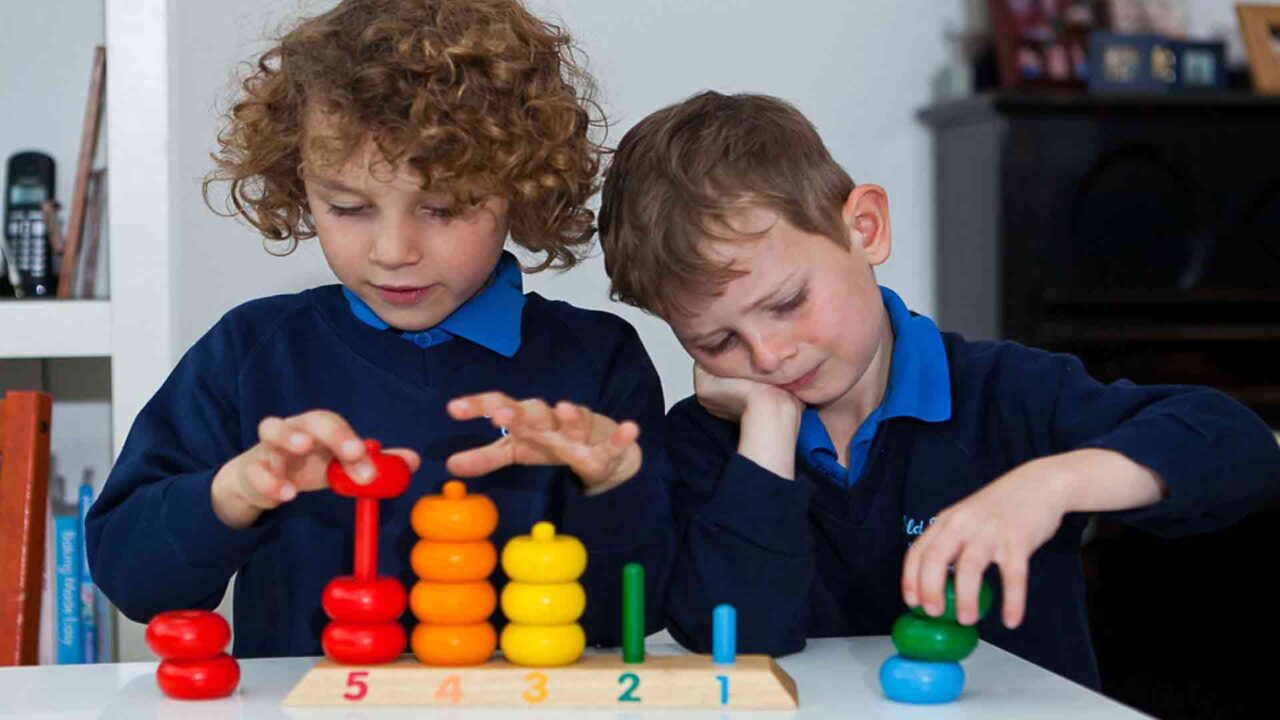

Studies on the effects of Neurofeedback training on learning disabilities, especially mathematics disorders, are not as large as on dyslexia. Still, confirmation of Neurofeedback’s effective use for ADHD by the FDA has been approved.
Neurofeedback training for dyscalculia can be used as both a stand-alone and complementary therapy. Continuous training has been shown to sustainably reduce dyscalculia symptoms, as highlighted in a comprehensive 2018 meta-study. Additionally, it can enhance working memory, leading to improved concentration.
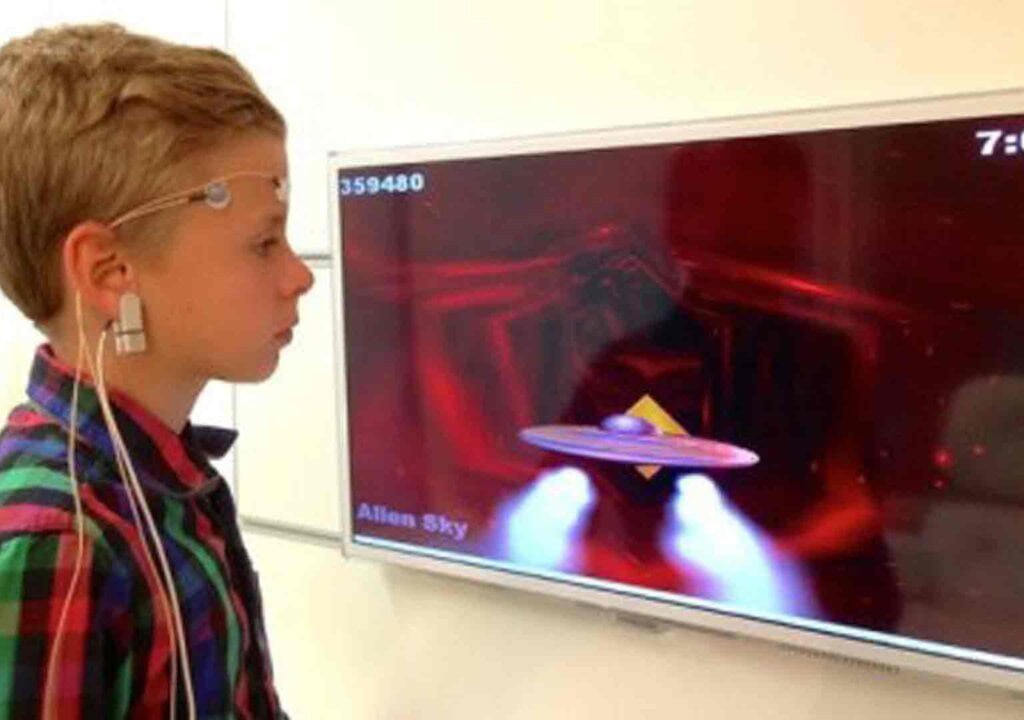
Thanks to neuroplasticity, neurofeedback can be used in dyscalculia treatment to rebuild deteriorated brain functions and help these children develop new brain strategies to improve the difficulties associated with dyscalculia efficiently.
Mechanisms and Applications of Neurofeedback in Dyscalculia Treatment
Dyscalculia treatment with Neurofeedback (NFB) involves a brain-computer interface that, through continuous training, allows users to learn to control their cortical oscillations. By providing real-time feedback, NFB helps individuals recognize and adjust brainwave patterns, promoting improved cognitive functioning and better management of dyscalculia symptoms. Ultimately, this process can enhance the brain’s ability to process mathematical information more effectively.
Neurofeedback is a noninvasive tool for treating brain disorders and affecting brain function. Recent research provides evidence that Neurofeedback training helps treat patients suffering from attention deficit hyperactivity disorder, learning difficulties, etc. Still, it is also used to enhance cognitive function and improve the brain operating efficiency of healthy people.
Neurofeedback brain training exercises for children with dyscalculia learning disability evaluate the level of cognitive deterioration and automatically create an intervention strategy that is personalized for each profile. This allows for stimulation of the parts of the brain that show deficits through fun clinical games and exercises. Some of the deteriorated brain modules that these exercises work to improve are associated with the ability to concentrate or focus, divided attention, working memory, visual memory, short-term memory, naming, and processing or planning speed. It is proven and well-known that neurofeedback helps improve executive functioning, including short and long-term memory, focus, concentration, and task management, which undoubtedly impact dyscalculia treatment.
Effectiveness of Specific Neurofeedback Protocols
Beta waves are essential for attention. Beta-reduced activity in these patients can lead to learning problems. Enhancing beta waves can solve this problem. Several studies have indicated the high effectiveness of dyscalculia treatment with Neurofeedback. The neurofeedback BTR protocol, which enhances the beta/theta ratio, describes the best results.
Chronic stress and math anxiety, which can make the brain pattern irregularities even greater, can make dyscalculia worse. Decreasing this stress pattern in patients with dyscalculia learning disability can significantly improve symptoms. In the case of math anxiety, good results were obtained with neurofeedback alpha/theta protocol with the enhancement of the alpha/theta ratio.
Neurofeedback Protocols for Dyscalculia
When designing a neurofeedback protocol for dyscalculia, the primary goal is typically to encourage brainwave patterns associated with improved attention, focus, and cognitive processing, especially in brain regions involved in numerical processing and mathematical reasoning.
While no specific neurofeedback protocol is universally established for dyscalculia, researchers and clinicians have explored various electrode application sites and protocols targeting brain regions associated with numerical processing, attention, and cognitive functions. Here are some research findings regarding electrode application sites for dyscalculia neurofeedback.
1. Frontal Cortex (Fp1, Fp2, F3, F4, F7, F8):
- The frontal cortex is involved in executive functions, including attention, working memory, and cognitive control, which are crucial for mathematical reasoning.
- Research suggests that training frontal brain regions through neurofeedback may improve attentional control and cognitive processing, potentially benefiting individuals with dyscalculia.
Protocol: Beta/SMR Training
1. Beta (13-30 Hz) training aims to enhance focused attention, cognitive processing, and executive functions associated with the frontal cortex.
2. Sensorimotor rhythm (SMR) (12-15 Hz) training promotes calm focus and inhibits hyperactivity, which can support attentional control and cognitive performance.
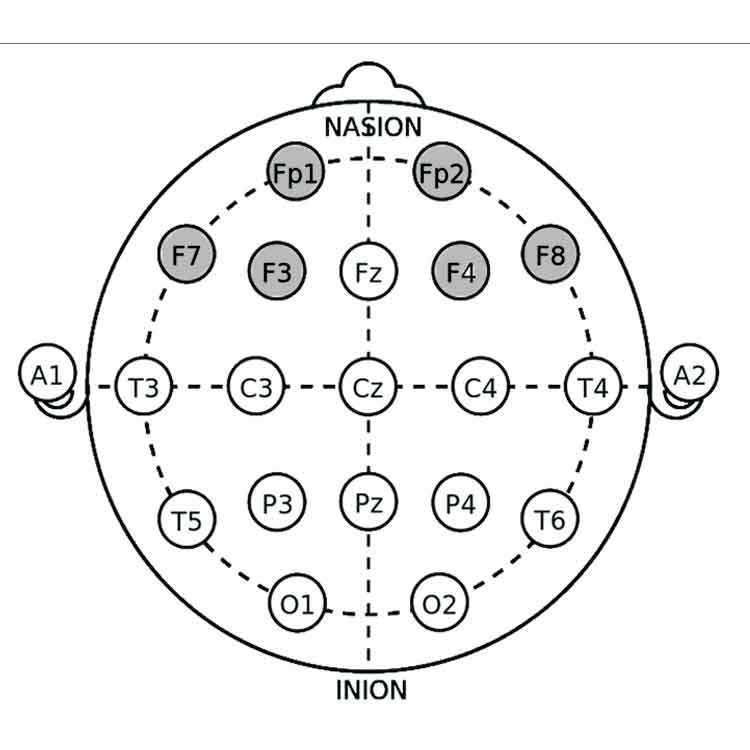
2. Parietal Cortex (P3, P4, Pz):
- The parietal cortex plays a crucial role in numerical processing, spatial awareness, and visuospatial processing, which are essential for mathematical tasks.
- Studies have shown that dyscalculic individuals may exhibit differences in parietal cortex activation compared to typically developing individuals, indicating a potential target for neurofeedback training.
Protocol: Alpha/Theta Training
1. Alpha (8-12 Hz) training aims to promote relaxed alertness and inhibit excessive mind wandering, which can enhance attentional focus and cognitive stability.
2. Theta (4-8 Hz) training targets deep relaxation and introspection, which may facilitate access to subconscious processes and creative problem-solving abilities.
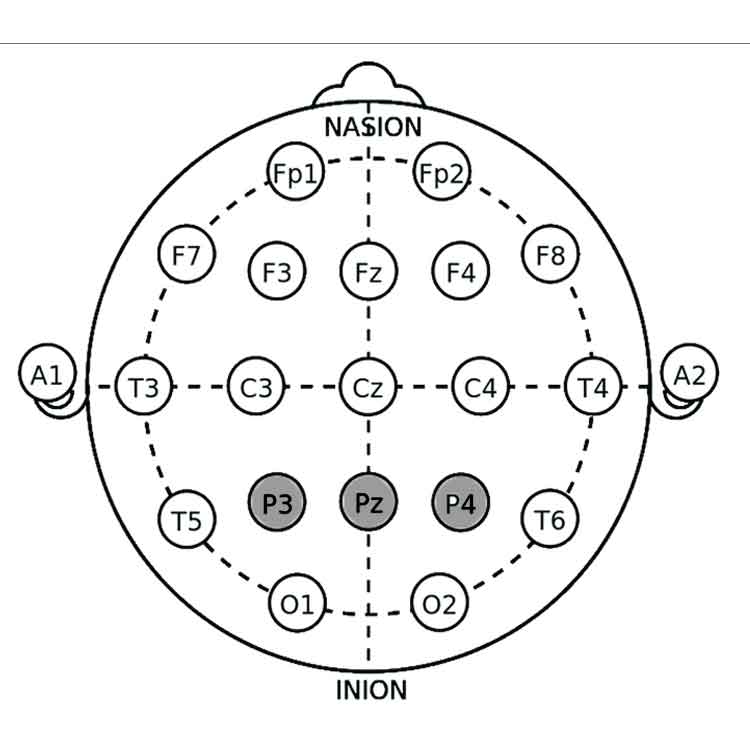
3. Central Cortex (C3, C4, Cz):
- The central cortex is associated with sensorimotor processing and motor planning, contributing to fine motor skills and numerical manipulation.
- Neurofeedback targeting central brain regions may help improve motor coordination and processing speed, which can be beneficial for tasks requiring numerical computation.
Protocol: SMR/Theta Training
1. As mentioned earlier, SMR (12-15 Hz) training promotes calm focus and sensorimotor integration, which can support motor coordination and cognitive processing related to numerical manipulation.
2. Theta (4-8 Hz) training may also facilitate relaxation and introspection, depending on the individual’s specific needs and treatment goals.
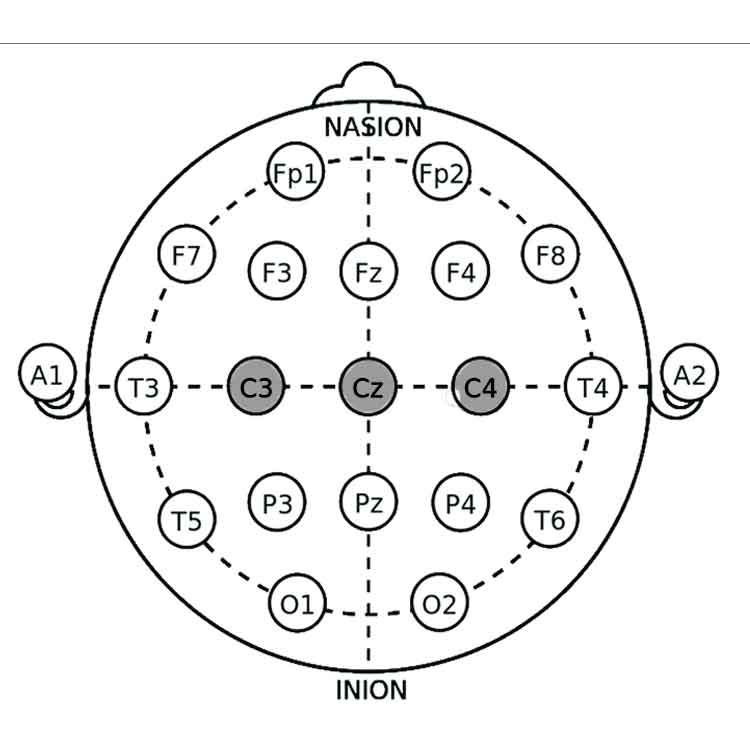
4. Temporo-Parietal Junction (TP7, TP8):
- The temporoparietal junction is implicated in various cognitive functions, including attentional allocation, social cognition, and numerical processing.
- Research suggests that dyscalculic individuals may show differences in temporoparietal junction activation during numerical tasks, indicating its potential relevance for neurofeedback training.
Protocol: Alpha/Theta or Beta/SMR Training
1. Similar to the protocols targeting parietal and frontal regions, training at the temporoparietal junction may involve alpha/theta or beta/SMR protocols, depending on the desired outcomes and individual response to treatment.
5. Midline Sites (Fz, Cz, Pz):
- Midline electrode sites encompass regions such as the anterior cingulate cortex (ACC) and midline parietal areas, which are involved in attentional control, error monitoring, and cognitive processing.
- Training midline brain regions through neurofeedback may enhance attentional focus, cognitive flexibility, and error detection, which is essential for mathematical problem-solving.
Protocol: Alpha/Theta or Beta/SMR Training
1. Training at midline electrode sites typically involves alpha/theta or beta/SMR protocols to enhance attentional control, cognitive flexibility, and error monitoring functions associated with the anterior cingulate cortex (ACC) and midline parietal areas.

6. Individualized Approaches:
- Some studies advocate for individualized approaches to electrode application, where electrode sites are selected based on each individual’s unique neurophysiological profile, as determined by quantitative EEG (QEEG) assessments.
- By tailoring neurofeedback protocols to target specific areas of dysregulation in each individual, greater efficacy and personalized treatment outcomes may be achieved.
Protocol: Tailored to Individual Needs
1. Individualized neurofeedback protocols may incorporate a combination of frequency bands (e.g., beta, alpha, theta, SMR) and training strategies based on each individual’s unique neurophysiological profile, as determined by quantitative EEG (QEEG) assessments.
2. The specific protocol used for each individual may vary based on their presenting symptoms, cognitive strengths and weaknesses, and treatment goals.
Before initiating neurofeedback training, a quantitative EEG (QEEG) assessment is often conducted to identify the individual’s baseline brainwave patterns and areas of dysregulation. The QEEG analysis can help determine which specific brainwave frequencies (e.g., theta, alpha, beta) and brain regions may be contributing to the symptoms of dyscalculia.
A personalized neurofeedback protocol is developed based on the QEEG results and the individual’s specific needs.
Dyscalculia Treatment with Neurofeedback Home Use Device
Improve your speech, fluency, memory, focus, coordination, and many other sensory functions, resulting in several adjustments in the psychological (cognitive skills) /emotional domain in just a few uses with Forbrain.
The audio-feedback headset with bone audio transmission improves your pronunciation, speech flow, and rhythm while speaking, enabling clearer and more effective communication through specially developed mental and sound therapy.
Forbrain helps children and adults improve their language and learning skills with audio-vocal workouts using the TOMATIS method.
Forbrain is the first evidence-based technology that individuals at home can use. It has become the solid “bridge” in the gaps between sessions in practice and life at home.
Effective Learner & Study Trainer with MindWave Mobile 2
Double your learning speed by knowing your learning effectiveness! When you are effective, you can absorb more and retain more. If you are not effective, try changing your learning method, switching to a different task, or taking a rest. The Effective Learner app uses NeuroSky’s brainwave sensing headset to detect your learning effectiveness and show it as six different color-coded levels so you can gauge your effectiveness with a glance. MindWave Mobile headset required. Buy your headset, then download the Effective Learner App with the optional Study Trainer add-on. Read more…
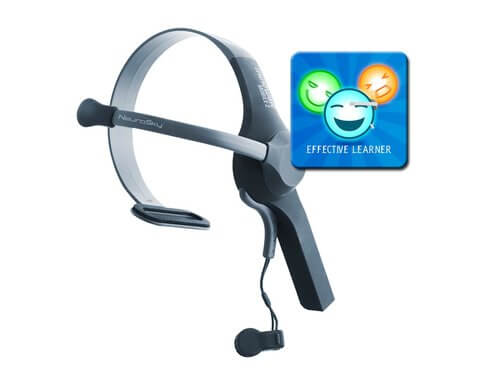
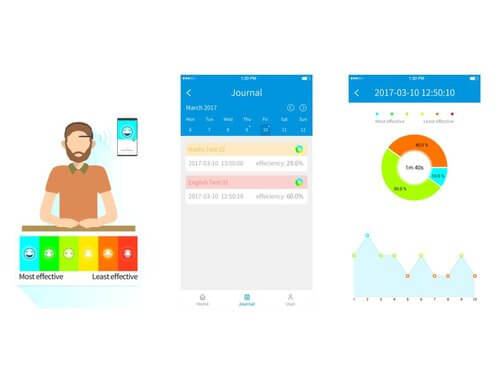


Neurosky with Effective Learner
The Excellent Brain Home Kit
The Excellent Brain Home Kit will enable you to train your attention and focus abilities using a cutting-edge Neurofeedback kit in the convenience of your own home. Excellent Brain software is a revolutionary program that helps children and teens with attention deficit problems overcome learning and behavioral difficulties and significantly improve their self-esteem.
This software is friendly, easy to use, and challenging. It helps the children understand when they lose focus and when they are present, so they can take responsibility and stay focused while doing homework alone or with friends.
Our brain operates at varying frequencies (electrical brain waves), some are higher and others less. Functioning requires a specific frequency. For example, we need a higher frequency for thinking, attention, and motivation. It was noted that when people suffer from ADHD symptoms and are required for one of these activities, the brain wave frequency does not rise to the necessary height or does not maintain long. Neurofeedback training is a non-invasive way to practice and improve focus and attention by changing your brain waves to the good regardless of medications.
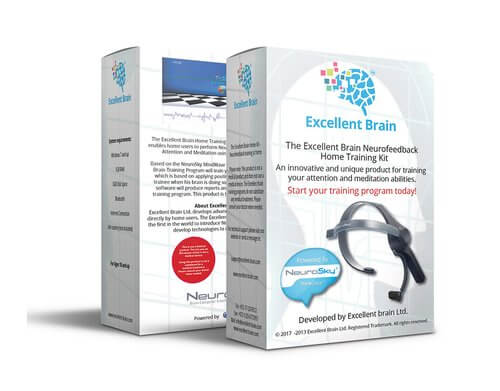
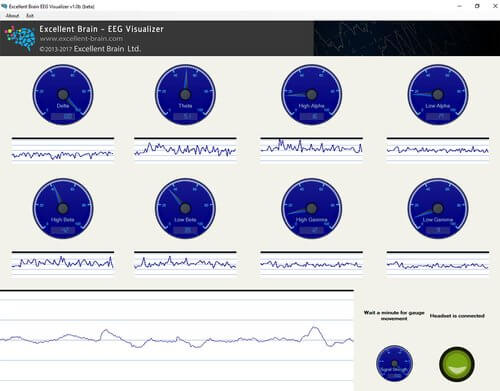
Excellent Brain ADHD Neurofeedback Home Training Kit
References:
Antonia Plerou, Panagiotis Vlamos. 2016, Neurofeedback Training Effect in Cognition and Mathematical Perception: IORE Journal of Bioinformatics & Computational Biology IJBCB Vol1.1 (2016), DOI: 10.21770/0907-3004.004
Peyman Hashemian, Pezhman Hashemian. Effectiveness of Neuro-feedback on Mathematics Disorder; Hashemian and Hashemian, J Psychiatry 2015, 18:2
Marie Arsalidouab, Matthew Pawliw-Levaca, Mahsa Sadeghia, Juan Pascual-Leonea. 2018. Brain areas associated with numbers and calculations in children: Meta-analyses of fMRI studies. Developmental Cognitive Neuroscience, Volume 30, April 2018, Pages 239-250, https://doi.org/10.1016/j.dcn.2017.08.002



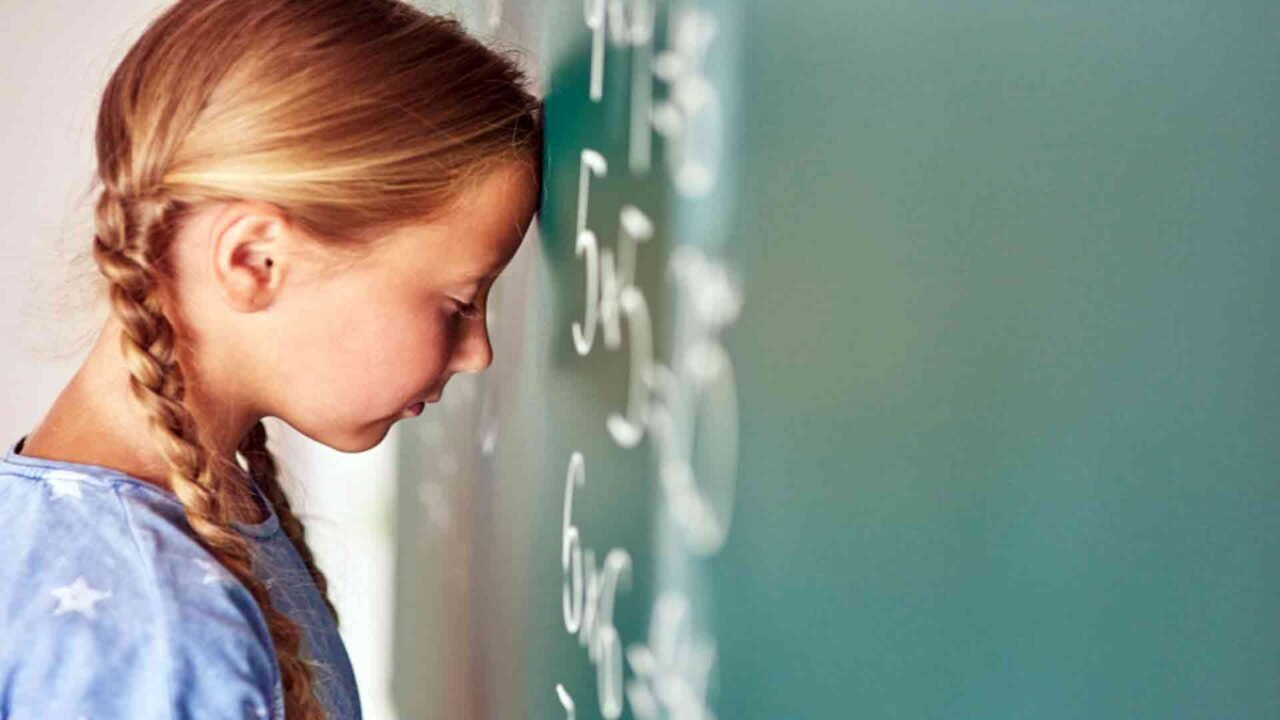
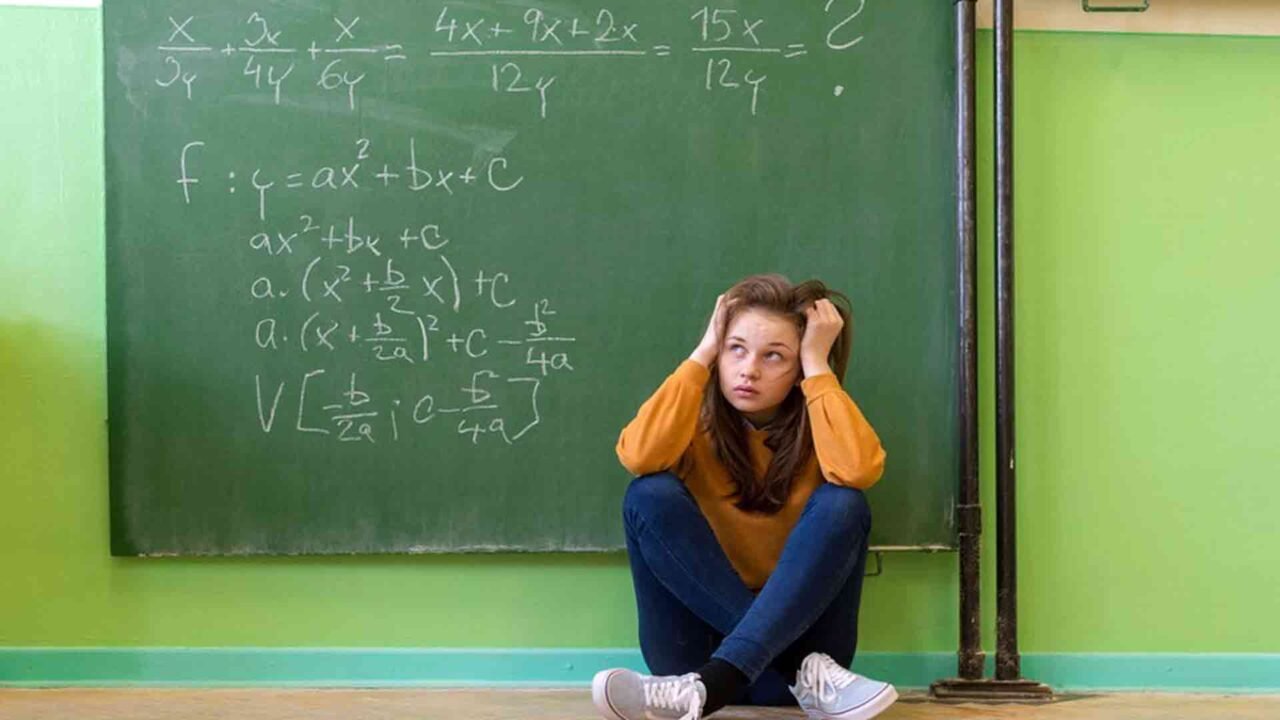

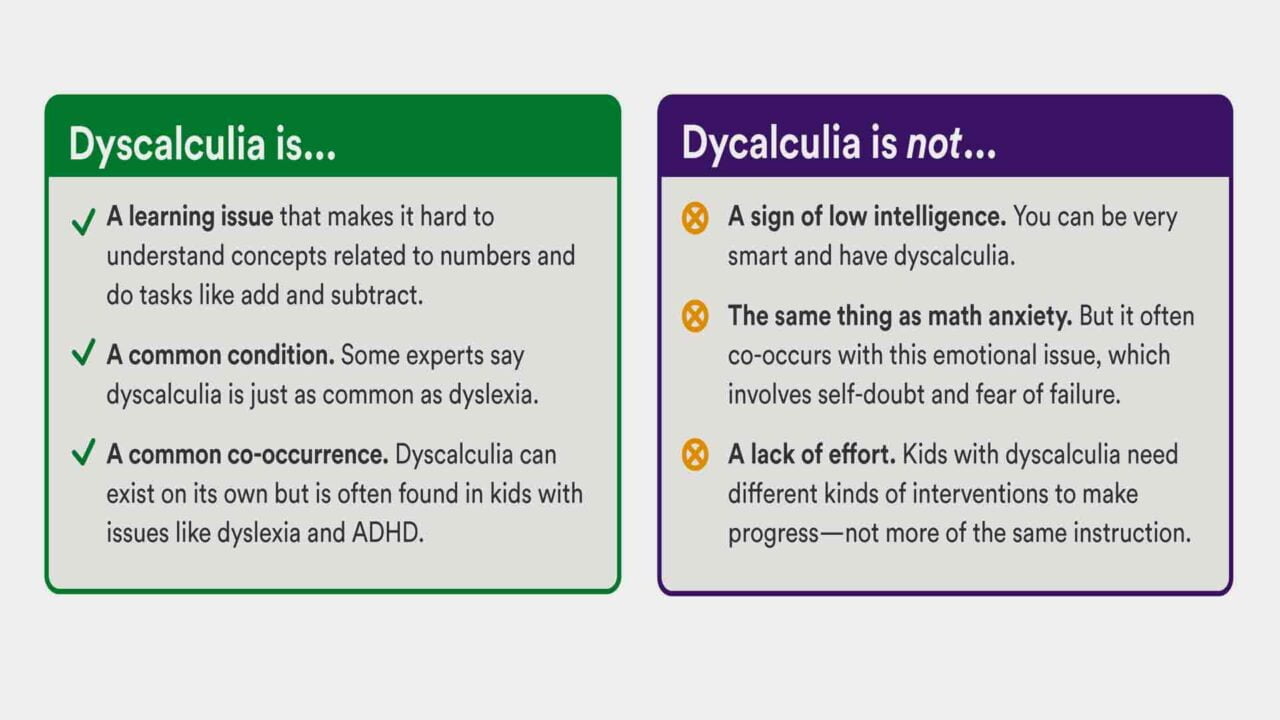
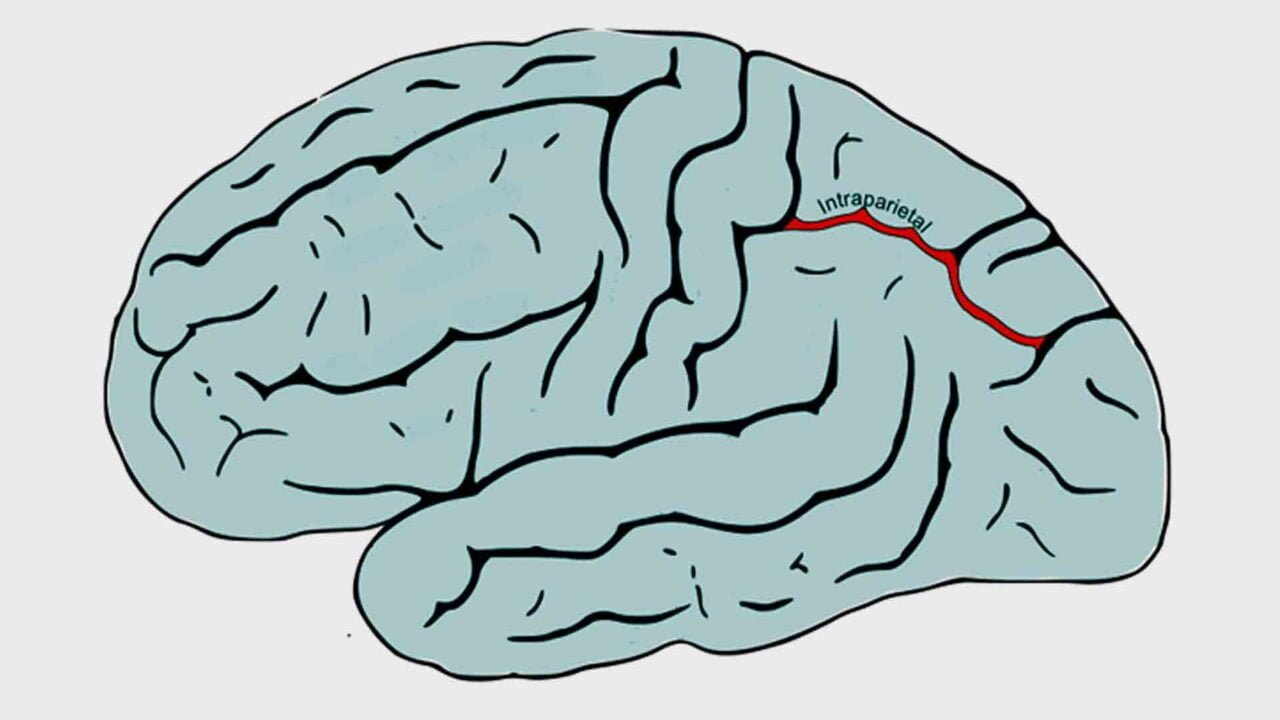
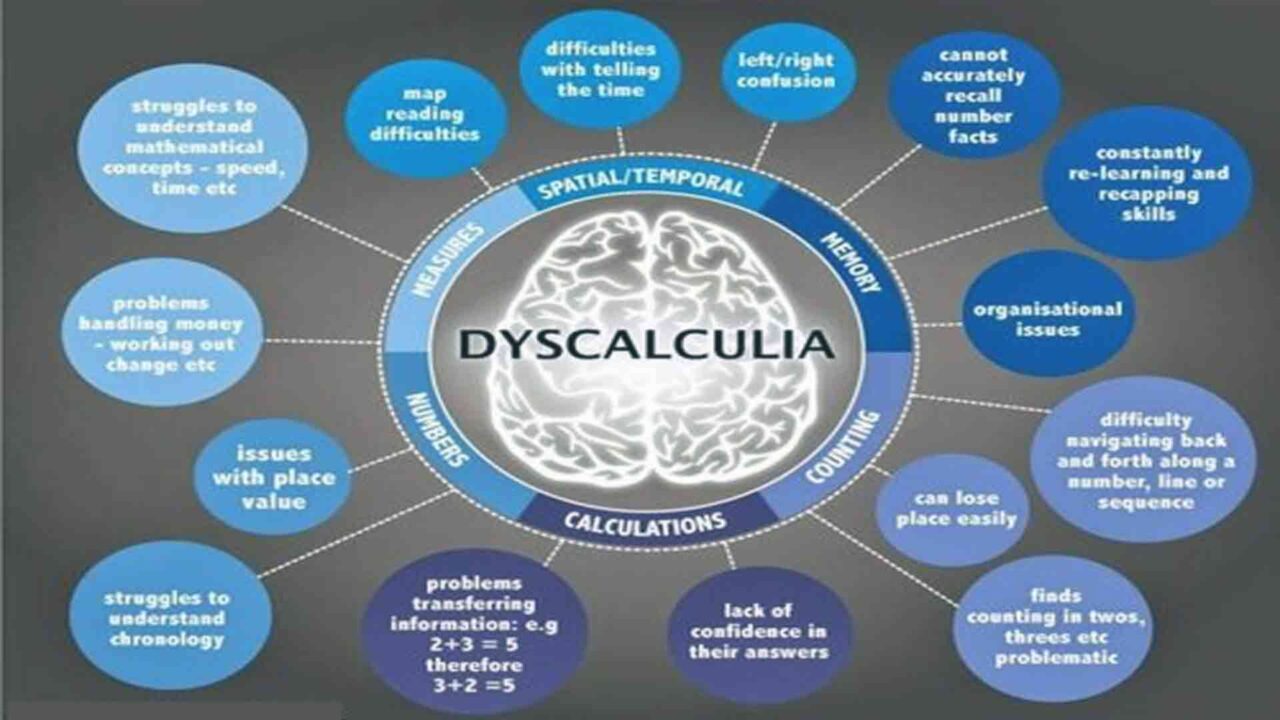



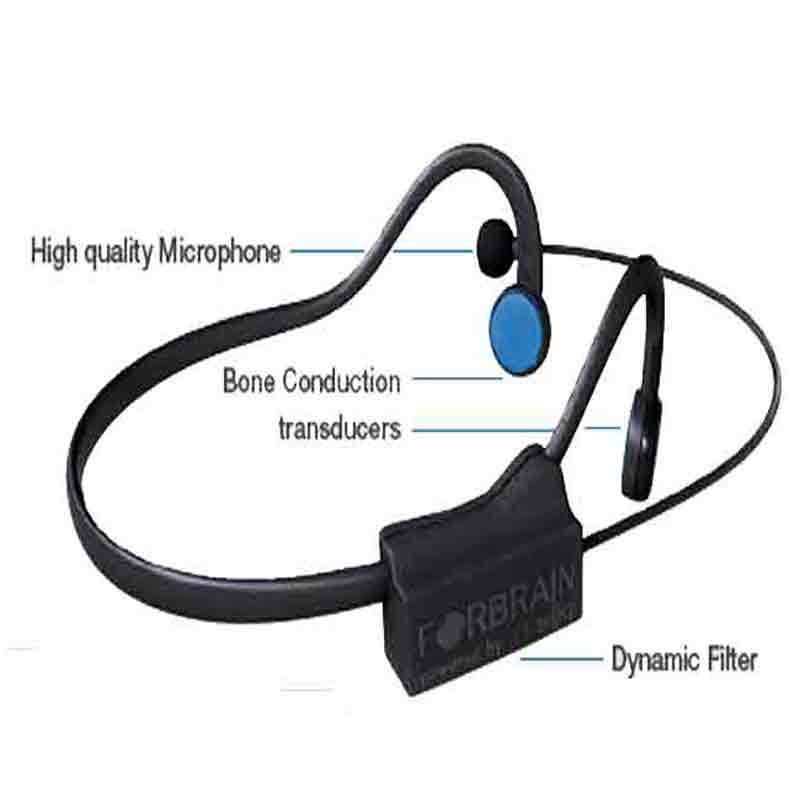
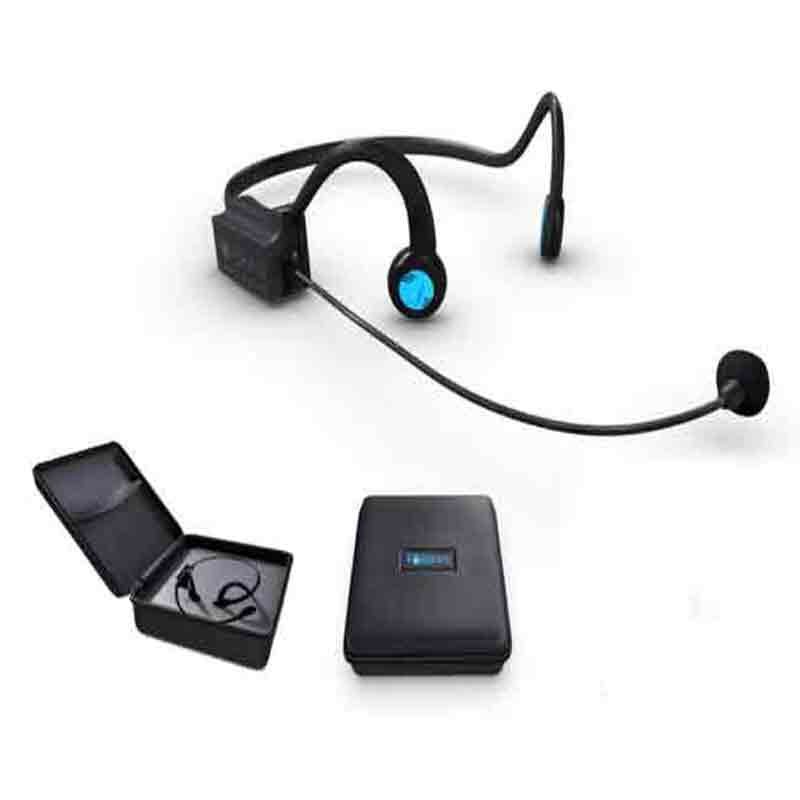




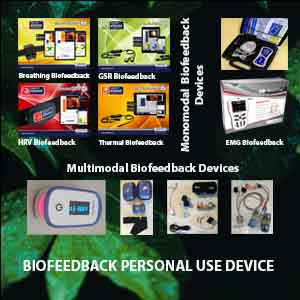
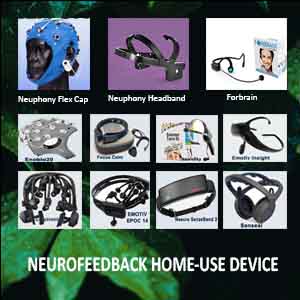
It is truly a nice and helpful piece of info. I am satisfied that you shard this useful information with us. Please
keep us up to date like this. Thanks